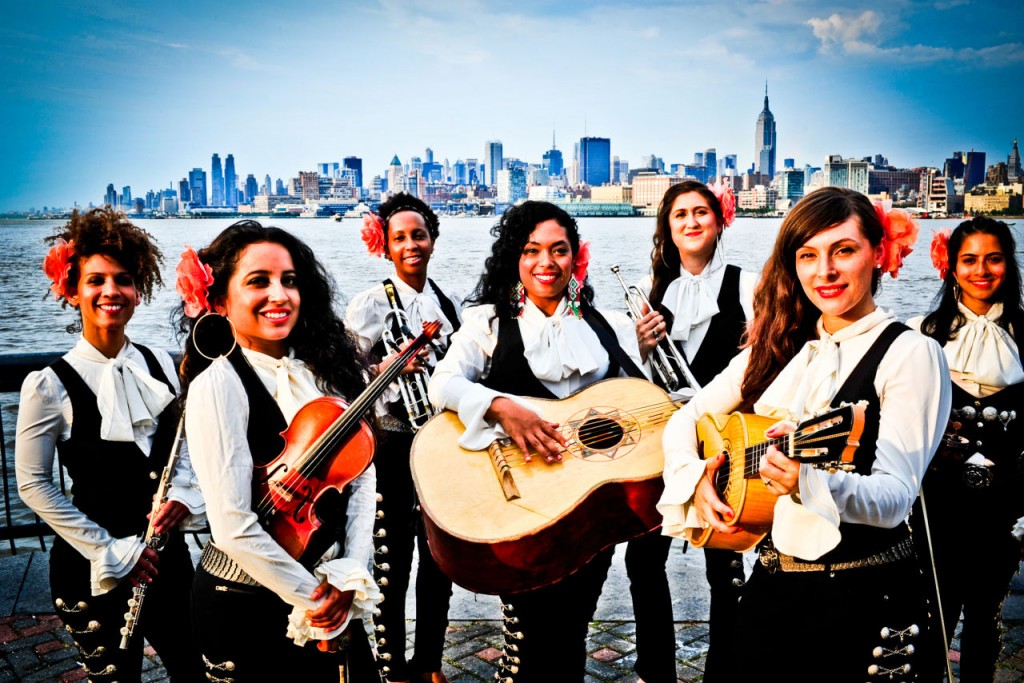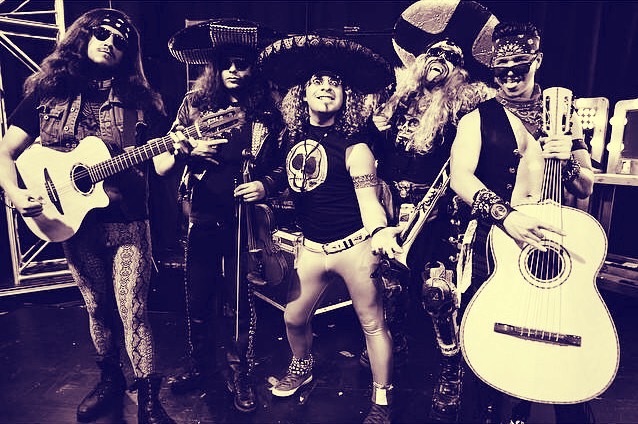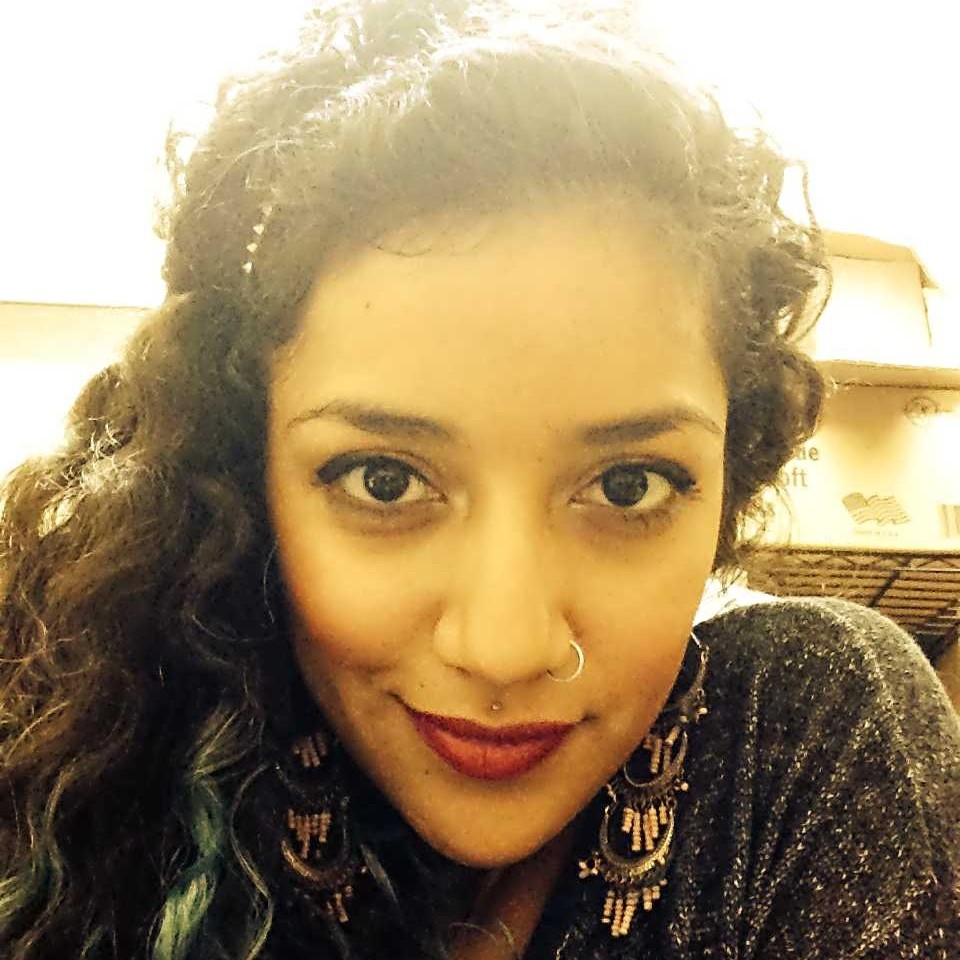IF YOU’VE EVER BEEN CURIOUS about the origins of mariachi music in Los Angeles, here’s your chance to find out.
La Plaza de Cultura y Artes, a museum located in Downtown LA, is currently presenting Corazon de La Comunidad: A Story of Mariachi in Los Angeles, a 6-month exhibit featuring historical photos, stories, and video and audio footage all centered around one of the most highly-recognizable symbols of Mexican-American culture.
Lady Clever had the opportunity to sit down with Corazon de La Comunidad‘s curator Erendina Delgadillo. When asked what the most interesting part of creating and executing the exhibit was, Ms. Delgadillo spoke of how her knowledge of mariachi’s history expanded by looking at Nati Cano, one of mariachi’s most influential musicians. Cano arrived in the States in 1960, and was a traveling musician from Mexico who would make a claim to fame by becoming the leader of the Mariachi Los Camperos de Nati Cano. He’s credited with changing the identity of the genre in Los Angeles by changing the image and expectations of what a true mariachi musician should represent. Cano gave performers the unmistakable look that is associated with mariachi today; before Cano, mariachi musicians in Mexico dressed in white pants and shirts and huaraches, a style similar to what the rural campesinos would wear.
Why did Cano think that mariachi needed a makeover? “The discrimination [Nati Cano] experienced here in L.A. inspired him to try to legitimize the genre, which in turn would further legitimize Mexican culture. Cecause it was such a symbol of Mexican culture, if it was respected, Mexicans as a people would be respected as well,” Delgadillo tells us. Besides changing the appearance of mariachi singers, Cano also instituted professional standards within the industry; he asked his musicians not to drink on the job, to look and dress extremely sharp, to act professionally, and to practice regularly and leave no room for mistake. Delgadillo explains: “Although there is racism in Mexico, it is a more structured, institutionalized racism. So it is interesting to see how white supremacy and institutional racism changed mariachi when it came to L.A. It forced the musicians to counter that racism with their physical image and professional demeanor as a representation.”
Corazon de La Comunidad not only provides incredible historical insight into the manifestation of how we view traditional mariachi musicians, but also features the women of mariachi — past and present — and their influence within the genre. The exhibit also delves into modern-day ensembles, and how the age-old dichotomy of either rejecting or accepting respectable cultural traditions plays out in the mariachi community. “Although mariachi is a super macho musical form, we have women in mariachi who are rejecting this idea that it has to be only men. We have folks like the LGBT group Arco Iris who don’t completely reject the idea of respectability, in the sense that they are not presenting a standard gender expression. Mariachi can be very macho, and they reject that idea by wearing rainbow monos [bows] and by including not just a mixed gender group, but also a transgender person in their group. That they exist and aren’t trying to hide their identity, and are in fact marketing themselves through their identity, is a counter to the machismo of traditional mariachi form of ‘I can have any woman I want and my strength and masculinity comes from my sexuality.’ They subvert it — not intensely, but it’s a first step of many.”
With groups like Arco Iris embracing their own culture while challenging the status quo at the same time, room is being created for a more diverse musically-inclined community. That diversity is the key to creating stronger cultural ties within the community, because music ultimately helps ground individuals in their culture and traditions. Music allows someone feeling alienated and isolated to interact with other members of their community, and that’s vital for gays, lesbians, women, and transexuals, groups that have always maintained precarious positions within the communities they exist in. Then there are the groups like Metalachi, which are the complete opposite of Arco Iris, but engaged in the same project of redefining what mariachi means and finding their own place within it. They also embrace their mariachi roots, but go easy on the classic style and combine traditional songs with their love of modern-day metal by creating classically-sounding mariachi metal covers. Think Gwar meets hair-metal… at a party with Cheech and Chong.
The exhibits that make up Corazon de La Comunidad are on display through November 13th, with live performances and panel discussions being featured throughout the summer. Visit the museum this Friday, June 24th, to take part in “Viva La Mujer, ”a special night dedicated to celebrating the women of mariachi. Dr. Leonor X. Perez, founder of the Mariachi Women’s Foundation, will lead a discussion about the trailblazing women of mariachi music, followed by a performance by Mariachi Reyna de Los Angeles and screening of “Que Caramba es la Vida,” a film featured at SXSW on the life of women who break into the mariachi world. Not convinced yet? The event is FREE!
Visit the museum’s website for more event details. Don’t miss out on this engaging and fascinating exhibit!
All images belong to respective artists.








-300x169.jpg)


-300x221.jpg)






